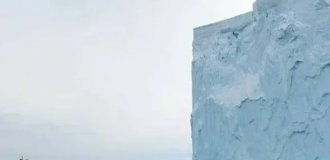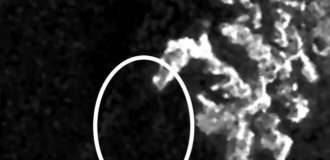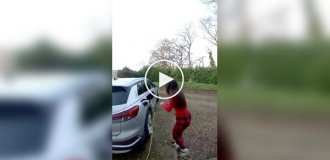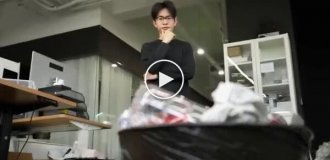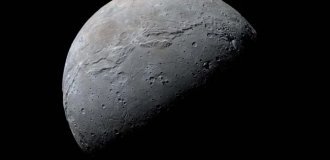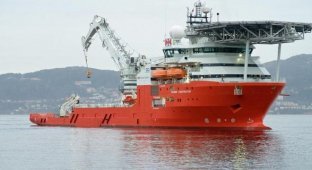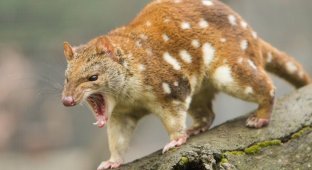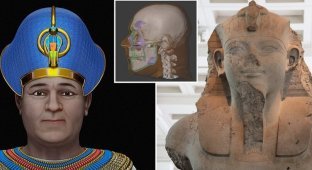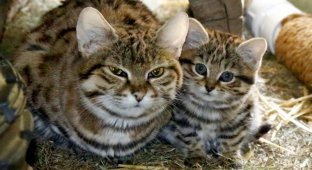If you are a true sea wolf at heart, then neither a tail, nor four paws, nor a weight of three kilograms will interfere with your calling. 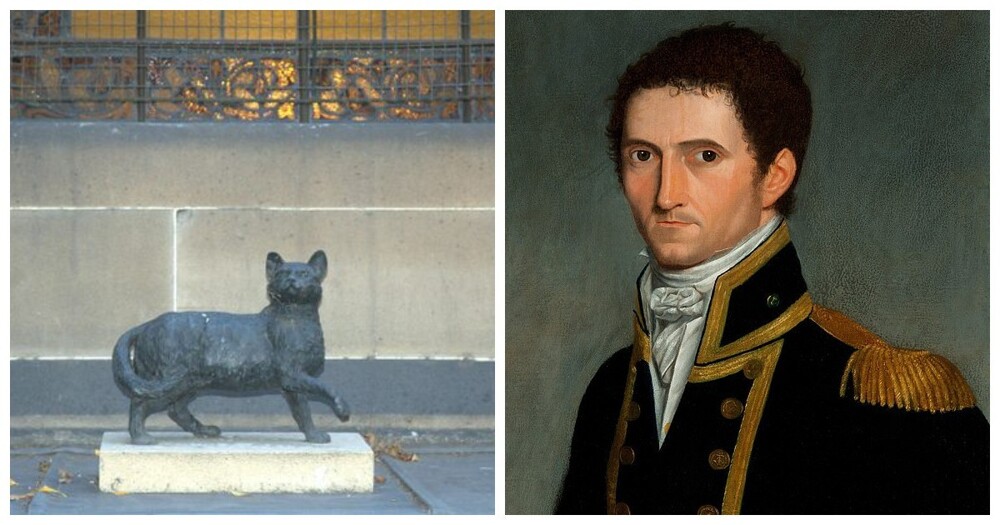
Outside the Sydney Library stands a statue of Matthew Flinders, the famous English navigator and cartographer who helped map Australia, declared it a continent and influenced it to receive its current name. Perched modestly on the window ledge behind the statue is a small bronze figurine of Flinders's faithful cat, Trim, who accompanied the sailor on many of his adventures. 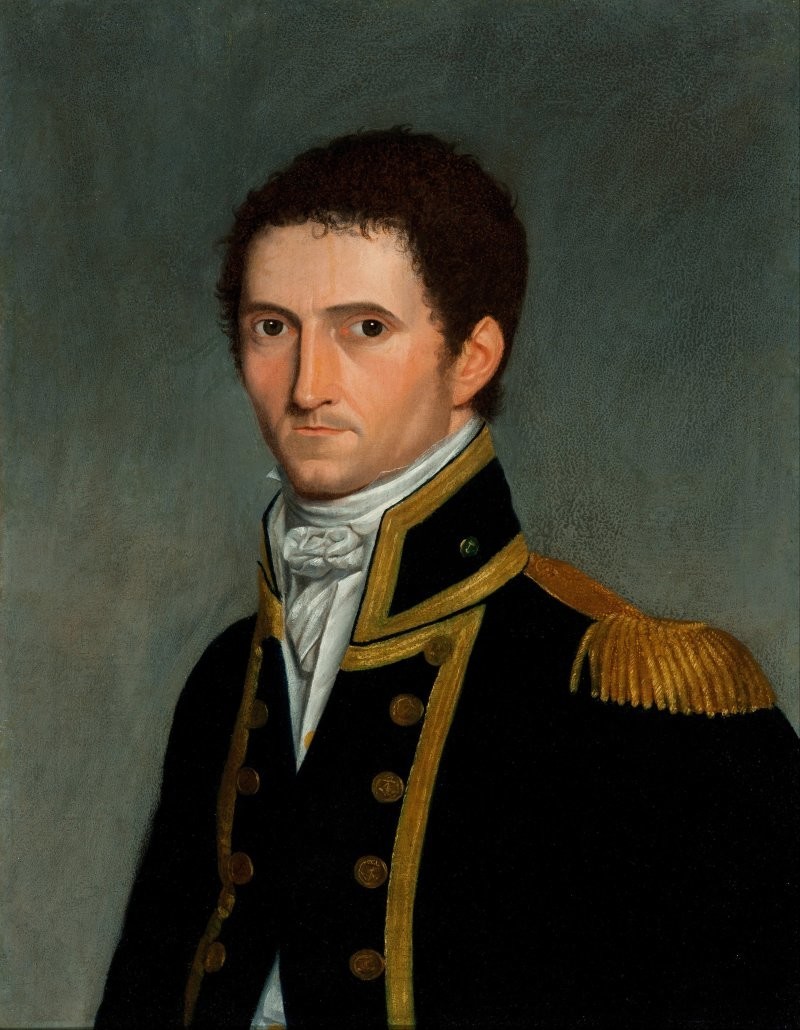
Matthew Flinders
Trim's story begins in 1799, when he was born on board the HMS Reliance, sailing from the Cape of Good Hope to Botany Bay. There were several cats on board to keep the rodents in check, but Trim soon became a favorite of the crew and the ship's 25-year-old lieutenant, Flinders.
Flinders' respect for the kitten grew after witnessing the little animal's courage and determination with a thirst for adventure. When the young cat fell overboard, Flinders later noted that “it was far from an accident; he learned to swim and was not afraid of water, and when they threw him a rope, he grabbed it like a man and climbed along it like a cat.” 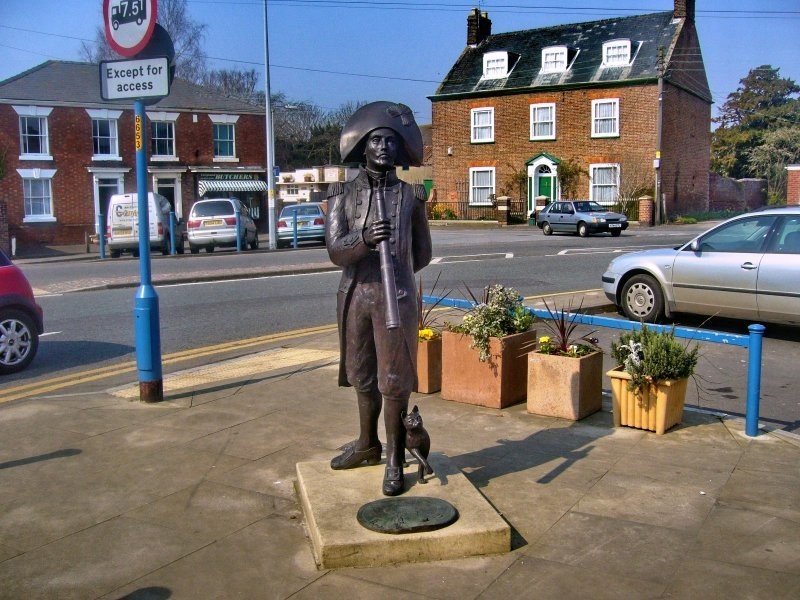
Flinders statue in Donington, Lincolnshire
Thus began the relationship between a man and his cat, full of intense sea adventures and funny incidents. When Flinders took command of HMS Investigator in 1801, Trim was at his side. In 1802 they made their first trip around the world. Two years later, Flinders and Trim survived the shipwreck of HMS Porpoise on the Great Barrier Reef while returning to England as passengers.
After surviving the shipwreck, Flinders took command of HMS Cumberland to return to England. 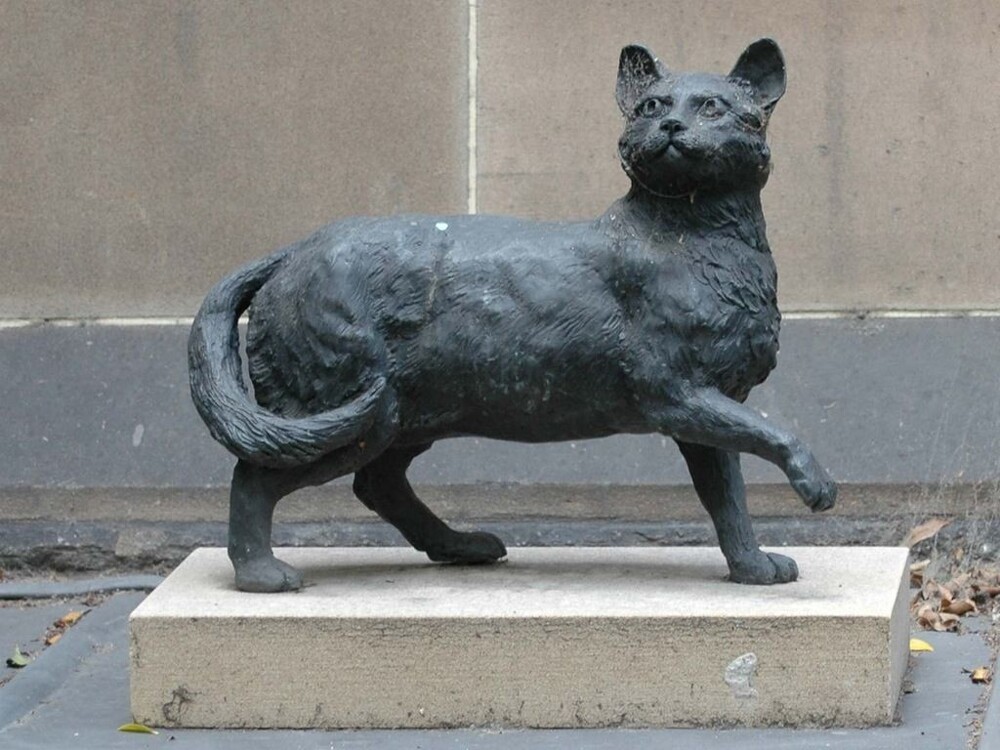
Trim statue outside Mitchell Library
But when she docked at the French-controlled Isle de France (now Mauritius) for repairs in 1803, she was detained by the treacherous French. War had recently broken out between France and Britain, but Flinders hoped that the scientific nature of his mission would give him free passage.
His hopes were dashed and he was imprisoned as a spy. The ever-faithful Trim remained with his friend during his captivity, although, as Flinders later wrote, the cat "sometimes contrived to escape the watchful eye of the sentry at the door, and left us to make little temporary excursions about the countryside." However, after dinner, he locked Trim in the house so that he would not get hurt. 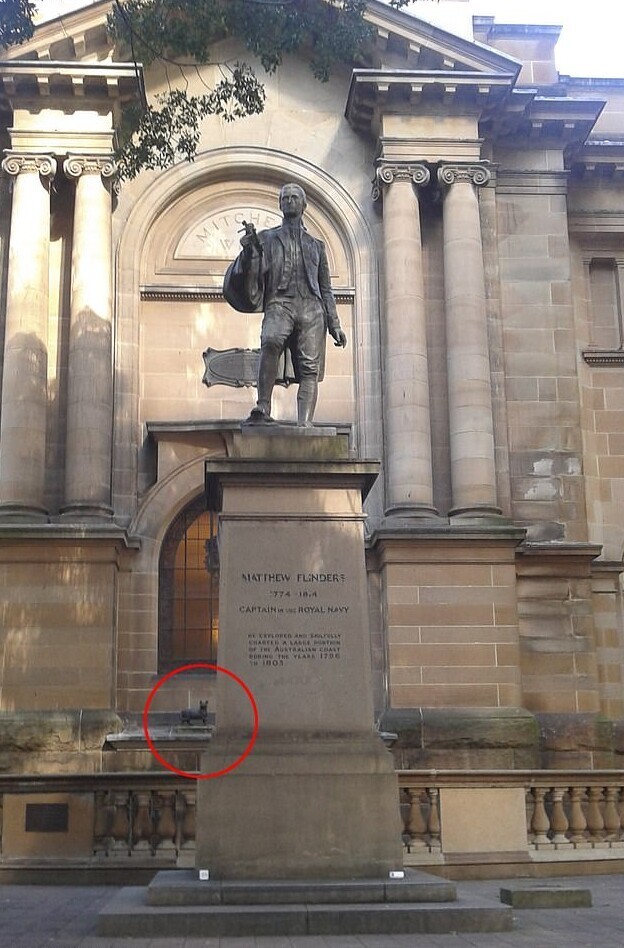
A statue of Matthew Flinders was erected outside the State Library of New South Wales in 1925. A small figurine of his cat Trim was placed behind Flinders on the windowsill in 1996
But in 1804, Trim disappeared during one of his walks and was never seen again. Flinders suggested that his wonderful black and white cat was stolen and eaten by a hungry slave. The saddened prisoner Flinders could only mourn the loss of "the affectionate and helpful companion of my travels for four years." 
Memorial plaque
Flinders remained a prisoner on the Isle de France for six years, although in recent years he was given greater freedom of movement around the island. During this time he wrote a lot, including a four-and-a-half-thousand-word biographical sketch of Trim, which was only found among his papers in 1971.
After Flinders' handwritten tribute to Trim was discovered and published, the two friends were reunited in various sculptural compositions. 
Flinders Monument in Port Lincoln
Trim stands at Flinders' feet in Donington, Lincolnshire, where Flinders was born. And in Port Lincoln, South Australia, Trim froze at the feet of his kneeling owner.
The bronze statue of Flinders outside the Mitchell Library in Sydney was unveiled in 1925, long before handwritten evidence of Flinders' tribute to Trim was discovered. The bronze figure of Thrym was added to the window cornice behind the statue at a later date, not until 1996. 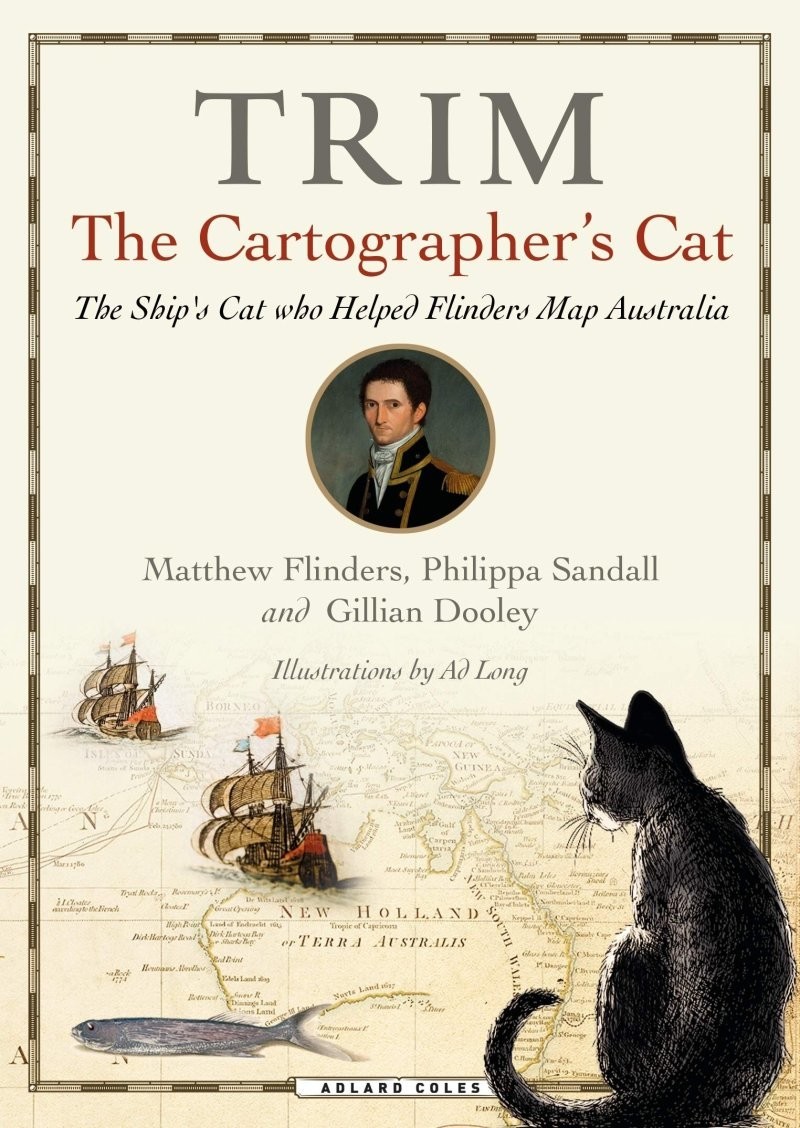
"Trim, the Cartographer's Cat"
There is a separate plaque dedicated to Trim, which contains the first lines of the epitaph that Flinders wrote for his cat: “To the memory of Trim, the best and most illustrious of his race, the kindest of friends, the faithful of servants and the best of creatures. He circumnavigated the entire globe, made a voyage to Australia, which he circumnavigated, and was always a joy and pleasure to his shipmates.” 
During his lifetime, Flinders promised that if he returned to his homeland, he would erect a monument to his brave furry friend. The promise was not destined to come true. But statues of the cat were erected on two continents at once. And the friends were reunited after death, which, however, turned out to be powerless over them and their touching friendship.
Add your comment
You might be interested in:

